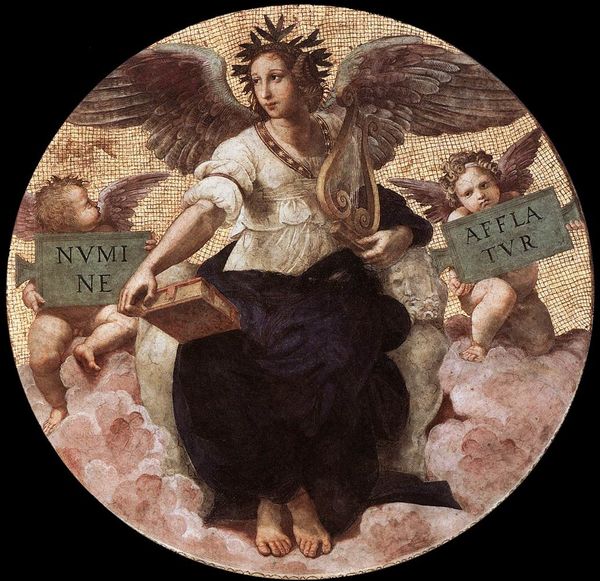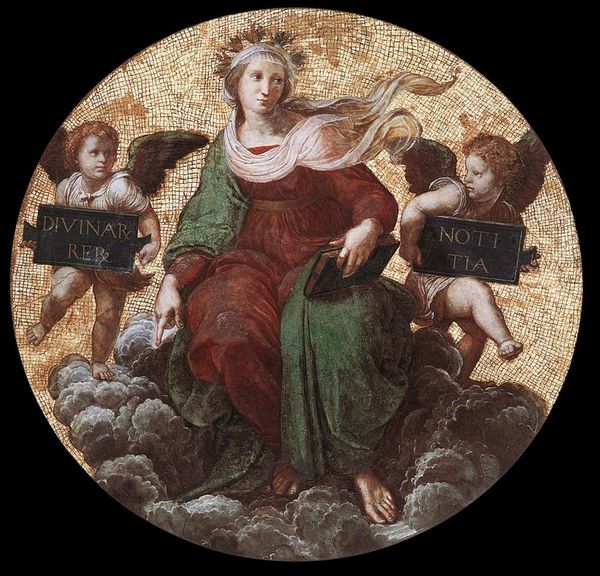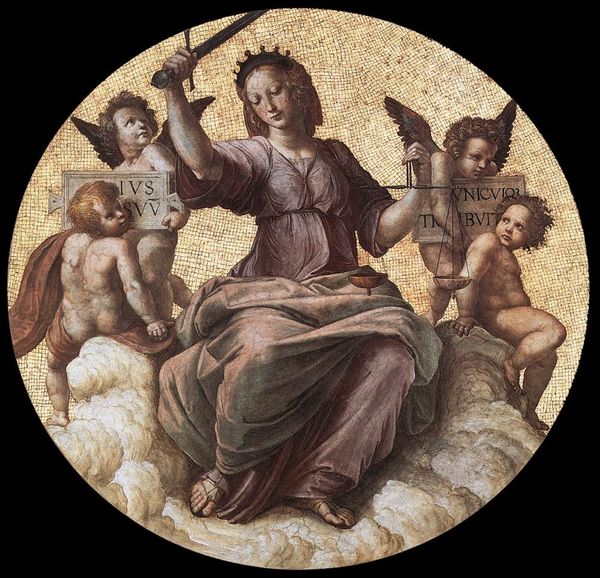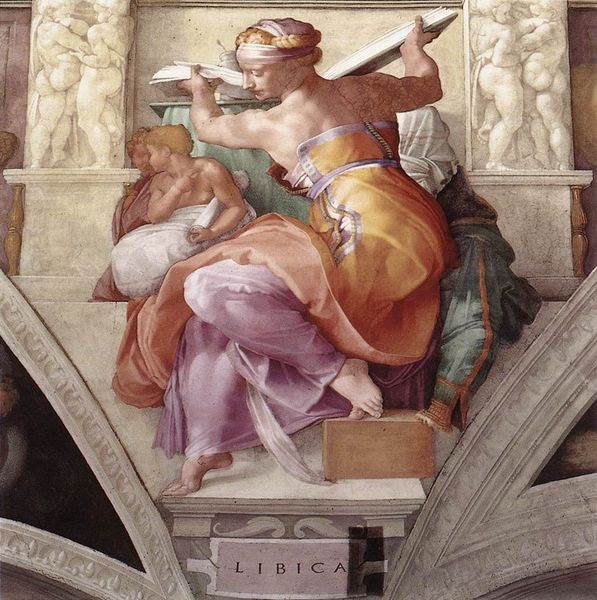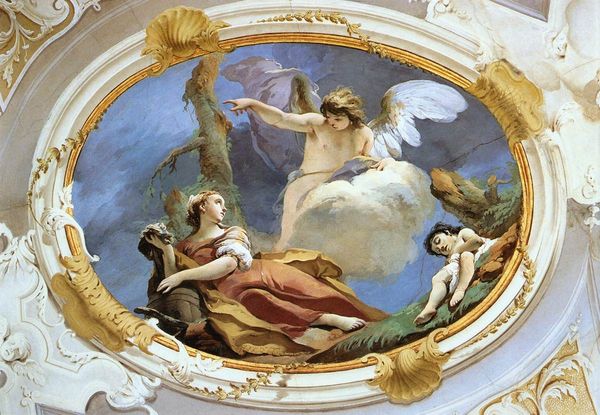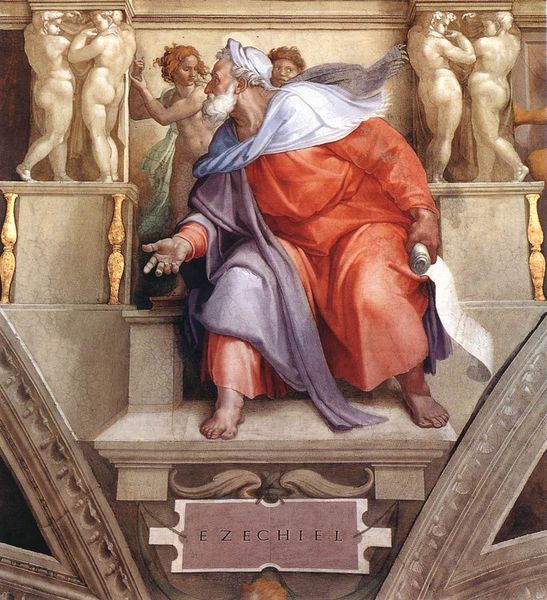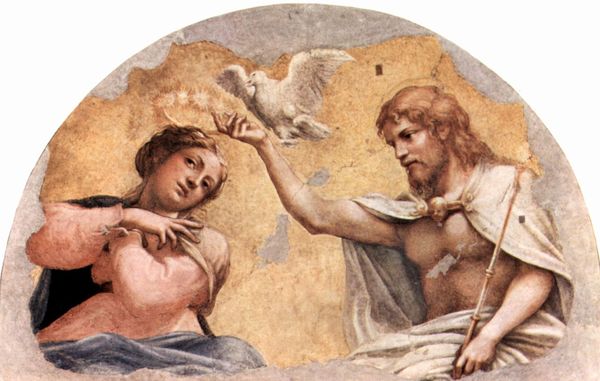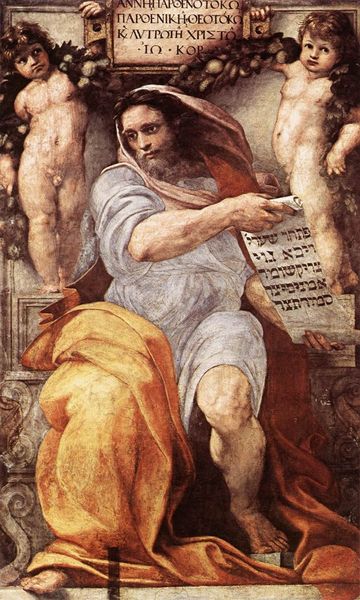Philosophy, from the 'Stanza della Segnatura' 1511
🔒Audio guide available with collection purchase
fresco
#
allegory
#
sculpture
#
classical-realism
#
fresco
#
11_renaissance
#
abstraction
#
mythology
#
history-painting
#
academic-art
#
italian-renaissance
Dimensions: 180 x 180 cm
Copyright: Public domain
Comments
No comments
Be the first to comment and join the conversation on the ultimate creative platform.

